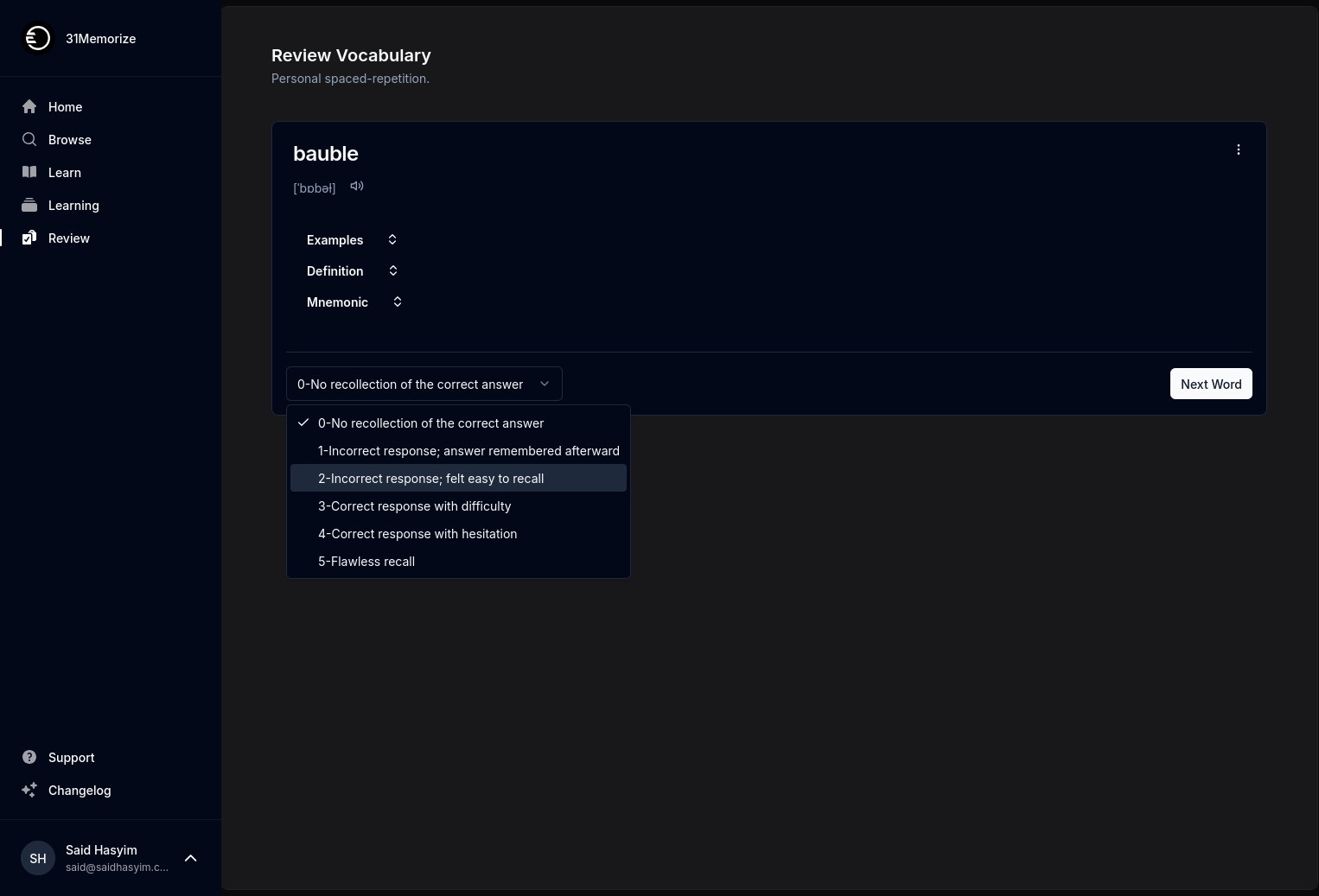The Influence of Reader Reviews on Book Trends
In an age where information is at our fingertips, the realm of literature has not been immune to the transformative effects of technology and social media. One of the most significant changes in the landscape of book publishing and consumption is the role of reader reviews. These reviews have become a powerful vehicle not only for readers to express their opinions but also for shaping book trends and influencing what gets read, recognized, and ultimately, published. In this blog post, we will delve into the fascinating interaction between reader reviews and book trends, exploring how they have transformed the way we discover literature.
The Rise of Reader Reviews
Historically, the literary world has been largely influenced by critics, publishers, and literary awards. A handful of professional reviewers would hold the keys to a book's success, determining which titles gained prominence and which faded into obscurity. However, with the advent of online platforms like Goodreads, Amazon, and social media, individual reader reviews have taken center stage.
These platforms allow anyone with an opinion to share their thoughts, creating a democratized space where voices from all walks of life can be heard. The sheer volume of reviews available online has made it easier for readers to discover new books and for authors to reach potential audiences. This paradigm shift has both advantages and challenges.
The Impact of Reader Reviews on Book Trends
Shaping Reading Preferences
One of the most significant ways that reader reviews influence book trends is by shaping reading preferences. In a world inundated with choices, potential readers often turn to reviews for guidance. A book with numerous positive reviews and high ratings can draw interest, while negative reviews can deter readers, regardless of the book's content or its author's previous acclaim.
For instance, genres like Cozy Mysteries and Dark Academia have seen surges in popularity, often fueled by enthusiastic reader reviews. When avid readers rave about characters, world-building, or plot twists in these genres, it not only helps to propel individual titles but also creates a broader trend within literature. As more readers express their enjoyment of a specific genre, publishers take note and subsequently increase their offerings, contributing to a feedback loop where reader enthusiasm translates into trends.
Creating Viral Hits
The concept of a viral book phenomenon often hinges on the communal sharing of reader reviews. In recent years, we have witnessed several titles become overnight sensations, largely propelled by social media, particularly platforms like TikTok and Instagram. The infamous “BookTok” movement is a quintessential example of how reader enthusiasm can create a tidal wave effect. Readers sharing their reactions, highlighting compelling quotes, and making engaging content have led to significant spikes in book sales.
As these viral trends unfold, even traditionally less popular genres can gain unexpected traction. For instance, a fantasy title might suddenly become mainstream because a few user-generated videos on social media draw attention to its unique premise or heart-wrenching themes. This swift rise and fall of titles based on reader reviews and social sharing has challenged the traditional pathways of book promotion.
Influencing Publishing Decisions
It is crucial to recognize that the influence of reader reviews extends beyond just guiding readers; they also affect publishing decisions. Publishers closely monitor online reviews, ratings, and sales data to identify trends and anticipate the next big hit. When a debut novel accumulates a significant volume of positive reviews and generates buzz, it can lead publishers to consider sequels, spin-offs, or even adaptations.
Additionally, author success stories frequently arise from strong grassroots support. An author whose work resonates well with readers may find opportunities to get published through smaller presses or even self-publishing, bypassing traditional avenues that once dominated the industry. This shift has broadened the diversity of voices and stories available, enriching the literary landscape.
Challenges: The Double-Edged Sword of Reader Reviews
While the influence of reader reviews has undeniably been a catalyst for change, it also presents challenges. The accessibility of online platforms means that opinions are often shared without the context or nuance that a professional critic might provide. This can lead to misunderstandings of a book's purpose or artistic merit.
Furthermore, algorithms used by platforms to showcase certain books can sometimes favor titles that generate extreme reactions—both positive and negative—over more nuanced perspectives. Consequently, books that deserve recognition might be overshadowed by others that garner attention for the wrong reasons, creating disparities in visibility and opportunity.
The Role of Diverse Voices
Amid these challenges, reader reviews can also serve as a platform for diverse voices. They give space to underrepresented authors and marginalized genres that may not typically receive the endorsement of mainstream critics. Readers from different backgrounds share their perspectives, contributing to a richer, multifaceted narrative around books. This diverse input can highlight the importance of inclusivity, leading to a more comprehensive understanding of literature's impact on society.
Conclusion: A New Chapter in Literature
The influence of reader reviews on book trends is undeniable. They have reshaped the literary landscape, altered the dynamics of how books are discovered, and provided an accessible avenue for sharing opinions. As the trajectory of the publishing industry continues to evolve, the power held by everyday readers in guiding trends should not be underestimated.
Embracing both the potential and challenges posed by reader reviews will be crucial for all stakeholders in the literary world—readers, authors, and publishers alike. Ultimately, the continued emphasis on reader engagement will enrich our reading experiences and generate a diverse array of voices in the world of literature. As we step into the future, it’s clear that the partnership between readers and books is more vital than ever, ensuring that literature remains a dynamic, living conversation shaped by us all.
